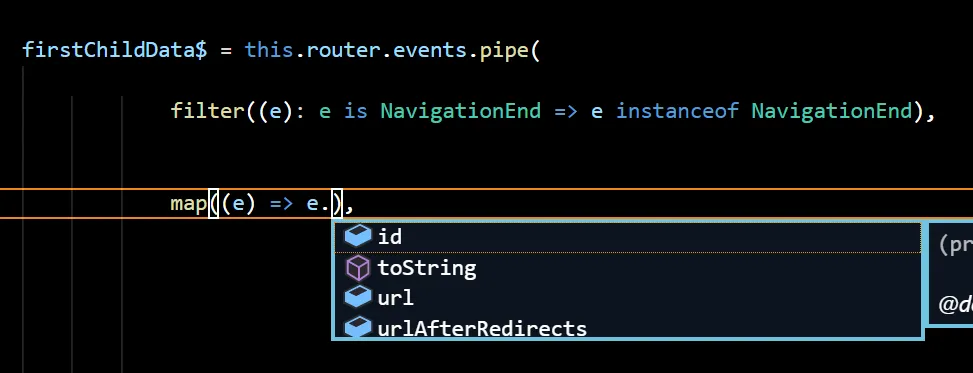如何监听Angular 2路由器的状态变化?
在Angular1.x中,我使用了这个事件:
$rootScope.$on('$stateChangeStart',
function(event,toState,toParams,fromState,fromParams, options){ ... })
因此,如果我在Angular 2中使用此事件监听器:
window.addEventListener("hashchange", () => {return console.log('ok')}, false);
如果它不返回'ok',那么改变JS的状态,然后再运行浏览器的history.back()函数。
使用router.subscribe()函数作为服务:
import {Injectable} from 'angular2/core';
import {Router} from 'angular2/router';
@Injectable()
export class SubscribeService {
constructor (private _router: Router) {
this._router.subscribe(val => {
console.info(val, '<-- subscribe func');
})
}
}
在路由中初始化的组件中注入服务:
import {Component} from 'angular2/core';
import {Router} from 'angular2/router';
@Component({
selector: 'main',
templateUrl: '../templates/main.html',
providers: [SubscribeService]
})
export class MainComponent {
constructor (private subscribeService: SubscribeService) {}
}
我将此服务注入到其他组件中,就像这个例子一样。然后我改变了状态,但服务中的console.info()不起作用。
我做错了什么?
